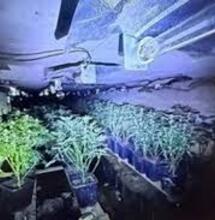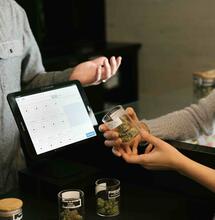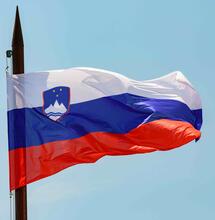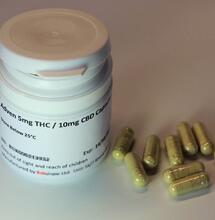DOESN'T LIKE SMOKE OR EDIBLES

I'm a cannabis patient, but do not like to smoke or eat cannabis. Do I have other options for medication? Can you tell me the differences between tinctures, oils and concentrates?
I'm a cannabis patient, but do not like to smoke or eat cannabis. Do I have other options for medication? Can you tell me the differences between tinctures, oils and concentrates?
I'm a cannabis patient, but do not like to smoke or eat cannabis. Do I have other options for medication? Can you tell me the differences between tinctures, oils and concentrates?
Rod
There are several alternatives to smoking or eating marijuana.
Vaporizers heat marijuana to the point where the THC and other psychoactive compounds evaporate and are then inhaled. Since there is no burn there is no smoke, just air with the essence of the bud.
Marijuana capsules are made from ground marijuana that is soaked in cooking oil. Rather than having to eat it in food, you can swallow a capsule and achieve the same result.
Tinctures usually use grain or high proof alcohol, or vegetable glycerin as a solvent. Marijuana is soaked in the liquid for several days. The THC and other psychoactive compounds dissolve in the alcohol. The buds are removed. The tincture is used sublingually (under the tongue). This has several advantages over eating or drinking. First, it enters the blood stream very quickly via the mucus membranes in your mouth as compared with a long path through the digestive system, slowly entering the bloodstream. Secondly, more of the active ingredient gets into the bloodstream through the mucus membrane than through the digestive system so it takes less to get you high with sublingual administration.
Marijuana oil is a concentrate that is usually made by dissolving THC in a solvent such as petroleum ether that boils at a relatively low temperature. Because of the low boiling point of the solvent, it is not present in the finished product. Most of the solvents that are used are very selective so the oil is usually quite concentrated. It ranges from a nearly clear liquid to a gooey dark viscous glob. These differences are the result of the original starting material, the solvent used and the manufacturer's technique.
Concentrates- There are many methods of concentrating marijuana's active ingredients. The easiest is to use a mesh screen to concentrate the glands by rubbing them off the leaf surface. Both nylon and metal screens can be used for the purpose but the nylon grows brittle and its fibers find their way into the concentrate. Stainless steel mesh screens last indefinitely.
The "Pollinator" mechanizes this using a drum frame covered with mesh. It revolves inside of a box creating enough friction to remove the glands, which drop to the bottom of the box.
The "kief" obtained from screening can be used to make capsules, in vaporizers or used to make tinctures as well as for use in smoking and cooking. When kief is heated and pressed it congeals into a solid with the consistency of taffy to a sandy soft rock. This depends on the type of marijuana from which the kief was derived. Hash is usually smoked or vaporized. However, in the 1840's the The Club des Hashischins, held "séances" in which the members ate hash to induce trippy experiences. The meetings were held in a Paris hotel. Several noted authors attended.
Water hash is made by "washing" marijuana in water with ice. The glands break off and are filtered through a series of bags with different size meshes. Sometimes the bags are used to filter different sized glands, which some people think have different psychoactive qualities. Washing the glands creates a very clean product, free from impurities. It can be used in the same way as kief.
Since you do not like to eat or smoke, I would use sublingual tinctures so that you can self-titrate with small doses. However, there will still be some physiological effect.



